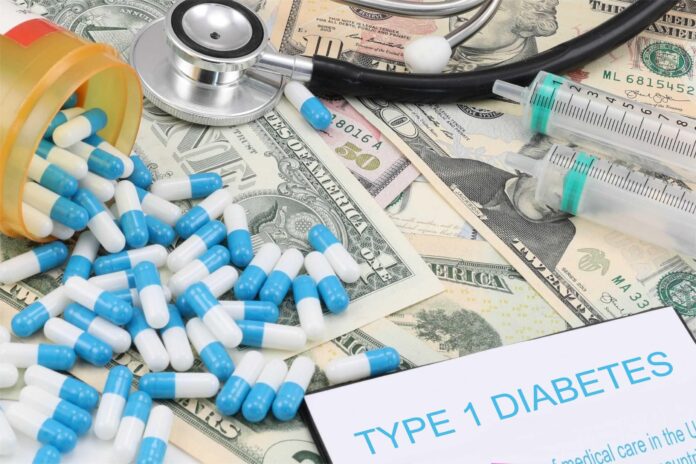
Type 1 diabetes is a chronic condition where the pancreas produces little to no insulin, resulting in high blood sugar levels. It affects millions of people worldwide and requires lifelong management to prevent complications. Insulin therapy is the cornerstone of treatment for type 1 diabetes, helping individuals maintain normal blood sugar levels and live a healthy life. Over the years, there have been significant breakthroughs in type 1 diabetes insulin therapy that have revolutionized how the condition is managed. In this article, we will explore the latest advancements in type 1 diabetes insulin therapy and how they are transforming the lives of individuals with this condition.
The latest breakthroughs in type 1 diabetes insulin therapy have focused on improving insulin delivery, enhancing blood sugar monitoring, and developing technologies to automate insulin administration. These advancements have been driven by advancements in technology and research, leading to more effective and precise management of blood sugar levels. One of the most exciting developments in type 1 diabetes insulin therapy is the introduction of the Artificial Pancreas System, also known as closed-loop insulin delivery.
The Artificial Pancreas System is a cutting-edge technology that combines continuous glucose monitoring (CGM) with an insulin pump to automatically deliver the right amount of insulin based on real-time blood sugar levels. This system mimics the function of a healthy pancreas by adjusting insulin delivery in response to changes in blood sugar, helping individuals maintain normal blood sugar levels without the need for manual intervention. Clinical trials have shown that the Artificial Pancreas System can significantly improve blood sugar control and reduce the risk of hypoglycemia in individuals with type 1 diabetes, leading to better outcomes and improved quality of life.
Another breakthrough in type 1 diabetes insulin therapy is the development of ultra-rapid-acting insulins, such as Fiasp and Lyumjev. These insulins have a faster onset of action and shorter duration of action compared to traditional rapid-acting insulins, allowing for more precise control of blood sugar levels after meals. Ultra-rapid-acting insulins help individuals with type 1 diabetes to better match insulin delivery with glucose absorption, reducing postprandial hyperglycemia and the risk of hypoglycemia. These insulins have been shown to improve glycemic control and reduce variability in blood sugar levels, leading to better overall health outcomes for individuals with type 1 diabetes.
In addition to advancements in insulin delivery, there have been significant improvements in blood sugar monitoring technology for individuals with type 1 diabetes. Continuous glucose monitoring (CGM) systems have become widely available and offer real-time insights into blood sugar levels, trends, and patterns. CGM systems provide individuals with type 1 diabetes with valuable information to make informed decisions about insulin dosing, diet, and exercise, helping them achieve better blood sugar control and reduce the risk of complications. The latest CGM systems are more accurate, reliable, and user-friendly, making it easier for individuals with type 1 diabetes to monitor their blood sugar levels and make adjustments to their insulin therapy as needed.
Advancements in insulin pump technology have also played a significant role in improving type 1 diabetes insulin therapy. Insulin pumps are small devices that deliver insulin continuously throughout the day, mimicking the function of a healthy pancreas. The latest insulin pumps are equipped with advanced features such as predictive low glucose suspend (PLGS) and automated insulin delivery algorithms, allowing for more precise and personalized insulin dosing. These features help individuals with type 1 diabetes to maintain stable blood sugar levels and reduce the risk of hypoglycemia, ultimately improving their quality of life and long-term health outcomes.
In conclusion, the latest breakthroughs in type 1 diabetes insulin therapy have revolutionized the way the condition is managed, providing individuals with more effective, precise, and convenient treatment options. The Artificial Pancreas System, ultra-rapid-acting insulins, continuous glucose monitoring systems, and advanced insulin pumps have transformed insulin therapy for type 1 diabetes, leading to better blood sugar control, reduced complications, and improved quality of life for individuals with this condition. As research and technology continue to advance, we can expect to see even more innovative solutions for type 1 diabetes insulin therapy in the future, ultimately helping individuals with this condition live healthier, happier lives.












